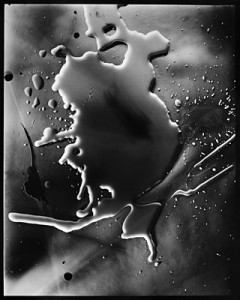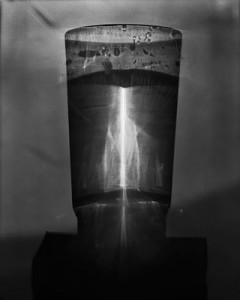The discussion we had in class today about the camera controls was very beneficial to me. Although I took a photography class in high school, I was never taught the science behind the camera, or even exactly what the aperture and shutter speed did or how they work together, until now. Learning the science behind the camera has really fascinated me and has helped build my understanding. For example, in class today when we were discussing how the aperture controls the depth of field, it actually really clicked with me when Nil was explaining the physics concept of “unorganized” light. This really gave me an understanding of how the aperture works to create a shallow depth of field with a blurry background and/or foreground (using f/1.8 for example), or an image that is sharp all over (using f/22 for example).
However, it’s a little tricky for me to remember the f-stops and that the smallest opening has the biggest number (f/22), and the biggest opening has the smallest number (f/1.8), but this is when I am glad to know the physics behind it, instead of just trying to memorize which is which.
It’s so interesting how much science plays into all of the art disciplines, especially photography. I think knowing the science behind how the camera works is essential for capturing great images. Now that I have a basic understanding of the camera controls, I am so excited to put my knowledge into practice for our first project!









